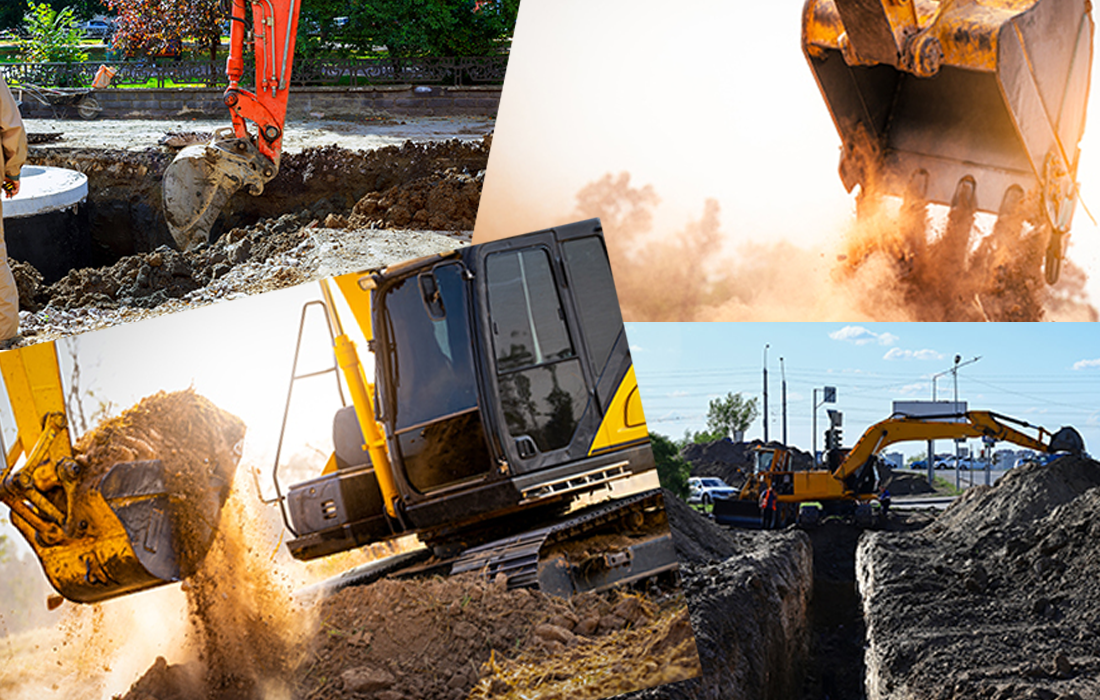- (513)782-8882
- info@smithcorp.com
- Monday - Friday 8:00am to 5:00pm

The Conventional Open Cut method is a traditional approach to underground construction where a trench or excavation is dug from the surface down to the required depth, the underground structure is built within this excavation, and then the area is backfilled.
The Conventional Open Cut method remains widely used for utility installations, shallow foundations, and other underground structures where surface disruption is acceptable and depths are moderate.